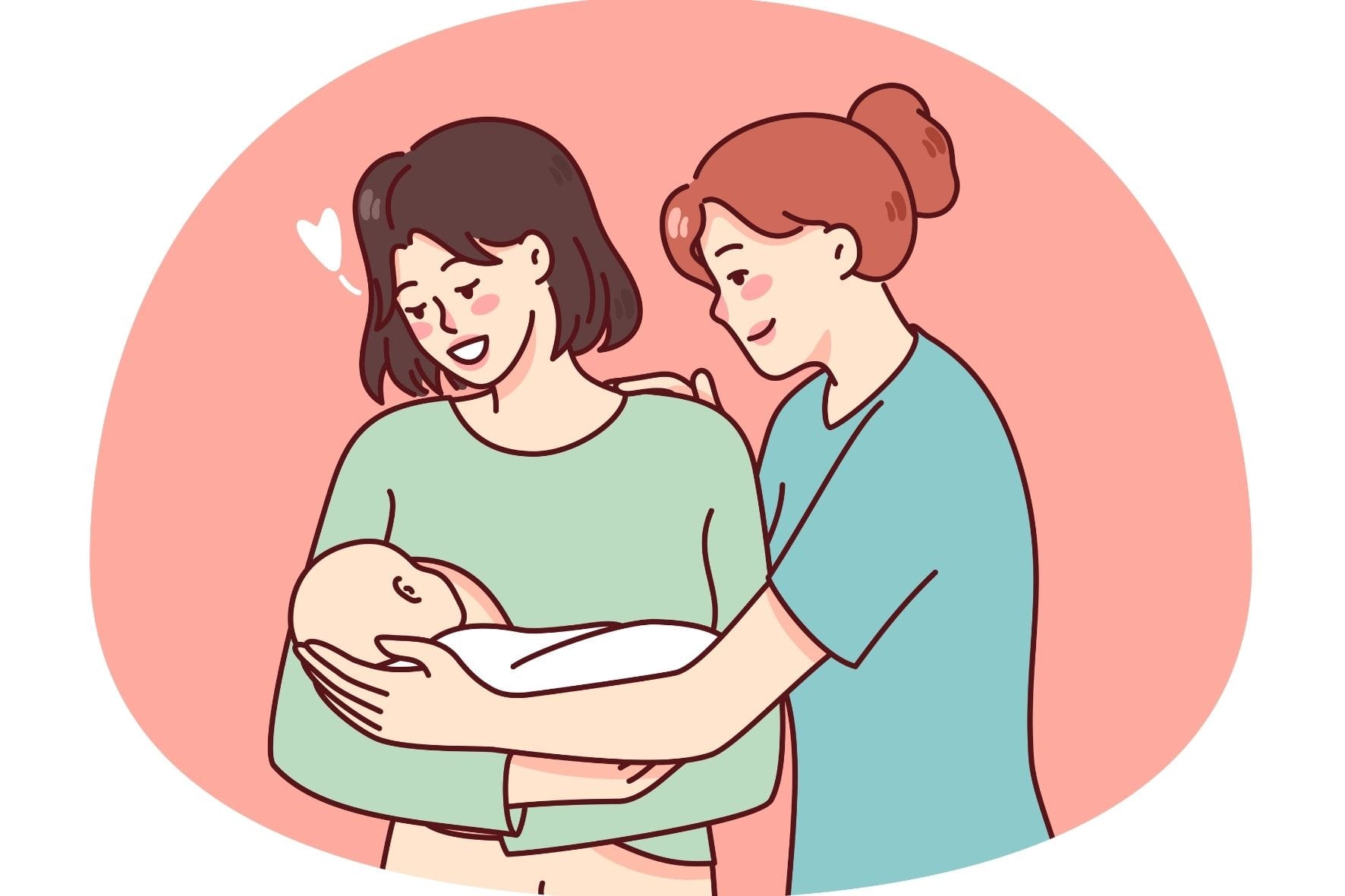On December 12, 2012, the United Nations (UN) General Assembly proposed the concept of Universal Health Coverage (UHC) to tackle the rising burden of diseases and promote equitable access to healthcare services with slogans “Health For All: Time For Action”. The goal of Universal Health Coverage (UHC) is straightforward yet profound: to ensure that every individual, regardless of their background, has access to a comprehensive range of quality health services whenever and wherever they need them, without facing financial hardship.
In line with this vision, the World Health Organization (WHO) and the World Bank have launched a variety of initiatives aimed at achieving Universal Health Coverage (UHC). These efforts include bolstering healthcare human resources, fostering public-private partnerships, providing financial support, and enhancing primary and community-level healthcare systems. Additionally, they focus on technical support for capacity building, developing equity-focused health policies, and implementing advocacy and awareness programs. Together, these initiatives work to create a more inclusive and efficient healthcare landscape globally.
Table of Contents
The Importance of Universal Health Coverage (UHC)

As the burden of non-communicable diseases continues to rise and outbreaks of communicable diseases become more frequent, it is vital to tackle the associated financial challenges, particularly for middle and lower-class populations. Universal Health Coverage (UHC) is essential for addressing the increasing prevalence of diseases and easing the financial strain on these vulnerable groups. These communities often face financial crises due to medical conditions, leading to catastrophic healthcare expenses. When individuals cannot afford treatment, they frequently avoid seeking medical care altogether, resulting in delayed diagnoses and exacerbated health issues. This not only contributes to increased disease burden but also leads to premature deaths, health inequities, and poor health outcomes.
Recognizing the urgent need for Universal Health Coverage (UHC), many middle and low-income countries have begun to implement policies aimed at achieving this goal, alongside the higher-income countries. For example, Canada has adopted a single-payer system, the UK has established the National Health Service, and Rwanda has introduced community-based health insurance. Brazil has launched health equity initiatives, among others. Following this global trend, India introduced the Ayushman Bharat Policy in 2017 through its National Health Policy, marking a significant step toward achieving Universal Health Coverage.
Achieving Universal Health Coverage: Key Initiatives in India

As we explore the path toward Universal Health Coverage (UHC), it’s essential to highlight the transformative initiatives currently undertaken in India. The Ayushman Bharat policy mainly consists of two components one is Pradhan Mantri Jan Arogya Yojana (PM-JAY) which was previously known as National Health Protection Scheme (NHPS) and Ayushman Arogaya Mandir previously known as Health and Wellness Centre (HWC).
Who is eligible to access PM-JAY

Under PM-JAY, families are provided with treatment support of up to ₹5 lakhs for secondary and tertiary healthcare, including surgeries and various medical procedures. The program specifically targets vulnerable populations identified through the Socio-Economic Caste Census (SECC) 2011, ensuring that aid reaches those who need it most. A key feature of this initiative is its emphasis on public-private partnerships, which enable beneficiaries to receive cashless treatment at private hospitals.
Additional initiatives taken in the recent year

Individuals aged 70 and above are entitled to ₹5 lakhs for their medical treatment, regardless of their family’s financial status. These measures collectively aim to alleviate the financial burden associated with healthcare, allowing individuals to seek necessary treatment without fear of crippling costs.
Improved community level care

Complementing PM-JAY is the Ayushman Arogya Mandir initiative, which focuses on bringing healthcare services closer to communities. This initiative ensures regular follow-ups and basic treatment facilities at the community level by introducing a new healthcare worker known as the community health officer at each Sub-Health Centre.
Additionally, telemedicine facilities have been introduced at the Sub-Health Centre level, providing quality care right in the community. These centres are also equipped with essential medications, ensuring a continuum of care for various medical conditions, particularly non-communicable diseases—all at no cost to the patient.
Together, these initiatives represent a significant stride toward achieving Universal Health Coverage (UHC) in India, paving the way for accessible, affordable, and quality healthcare for all citizens. By addressing both immediate healthcare needs and promoting long-term health management at the community level.
Barriers to Achieving Universal Health Coverage in India

Since its implementation in 2018, the journey toward Universal Health Coverage (UHC) in India has faced significant challenges.
In sufficient transformation of healthcare facilities.
Despite the introduction of crucial policies like the Ayushman Arogya Mandir and the Pradhan Mantri Jan Arogya Yojana (PM-JAY), the conversion of healthcare centers is still incomplete, and many that have been converted are struggling with a shortage of healthcare workers.
Resource constraints further complicate service delivery, hindering the effectiveness of these initiatives.
When we examine PM-JAY, it becomes clear that registration for accessing services is lagging behind targets. Many individuals encounter technological barriers during the registration process, such as inadequate network support, limited access to digital devices, and system failures that delay enrollment.
Recent data indicates that only 52% of India’s population has access to reliable internet and broadband connections. This digital divide represents a significant obstacle in achieving Universal Health Coverage (UHC), particularly for the targeted populations who often lack basic facilities to access these services.
The registration process itself poses a challenge, as individuals struggle to sign up for necessary services. Without successful registration, they cannot access the healthcare they need. Even after registering, many find it difficult to receive quality care through telemedicine and continuity of care initiatives. While digital tools are being introduced, the foundational components like accessibility, functionality, data security, tools integration and other, required to support these initiatives are still lacking in many areas of India.
Conclusion
Universal Health Coverage (UHC) is not just a healthcare system; it serves as a vital framework for guaranteeing that all individuals can receive the medical attention they need without the burden of financial distress.





10 Comments
It provides a clear and concise overview of the benefits and challenges of Universal Health Coverage, making it an excellent read for anyone interested in healthcare issues, access, and India’s new initiatives to achieve UHC.
Thank you for your feedback! We’re glad you found our overview of Universal Health Coverage informative, especially regarding India’s initiatives. We appreciate your engagement!
This blog post presents a thorough and engaging exploration of Universal Health Coverage.
Thank you for your comment! We appreciate your positive feedback on our exploration of Universal Health Coverage.
This blog post offers a balanced and insightful analysis of Universal Health Coverage, emphasizing its potential benefits, including enhanced access to care and improved public health outcomes. It also addresses the challenges and pitfalls associated with UHC, highlighting the complexities of implementation and funding. Overall, this post is a must-read for anyone seeking to understand the foundational concepts of universal health coverage. Highly recommended!
Thank you for your feedback! We’re glad you found the post on Universal Health Coverage informative.
Very insightful article on a topic of need.
Thank you for your feedback! We’re glad you found the article insightful and relevant to such an important topic.